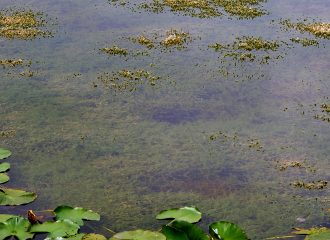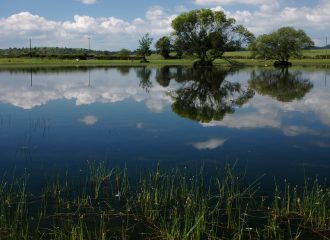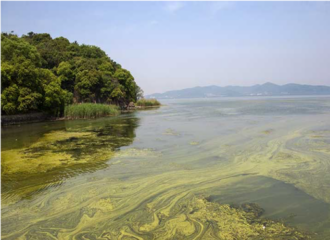
Water Extent
The location of the boundary between a water body and the adjoining land surface or the of a surface that is covered by water. Note that water can exist as snow or ice.


The location of the boundary between a water body and the adjoining land surface or the of a surface that is covered by water. Note that water can exist as snow or ice.

Water depth is the underwater depth of the floor of water bodies, such as lakes and rivers. When inverted, it provides a relief map of underwater land. Water depth is an important variable when studying water ecosystems as it impacts the amount of sunlight reaching the floor of water bodies, affecting both plant life and…

The water turbidity is the measure of water transparency. Water turbidity is used to assess the water quality. It is a fundamental variable as it allows to analyse drinking water. According to the WHO (World Health Organization), drinking water should have a turbidity of less than 4 NTU (Nephelometric Turbidity Units). Also, water turbidity is…

Water seasonality is the persistence of the water at the surface. At the surface, the water presence duration depends on several environmental variables such as precipitation rates, soil permeability, geological formations, etc. Water seasonality is an important variable for all the fields relying on water management, such as agriculture, water suppliers, etc. As an example,…

Free-living photosynthetic bacteria more commonly known as blue green algae. Cyanobacteria are not plants or algae, although they are often referred to as blue-green algae (BGA) due to their blue-ish pigment phycocyanin. They are single celled photosynthetic bacteria which can live freely in the water column or as mats (if benthic) attached to sediment, rocks…

Chlorophyll a is ubiquitous in phytoplankton and higher plants and a proxy for phytoplankton biomass. It is a pigment held within light harvesting complexes associated with photosystems driving photosynthesis and the units for chlorophyll are μg/L. Cyanobacteria are also considered as phytoplankton as then contain chlorophyll a but they are not algae. Hence, measures of…
https://bigseaweedsearch.org/explore